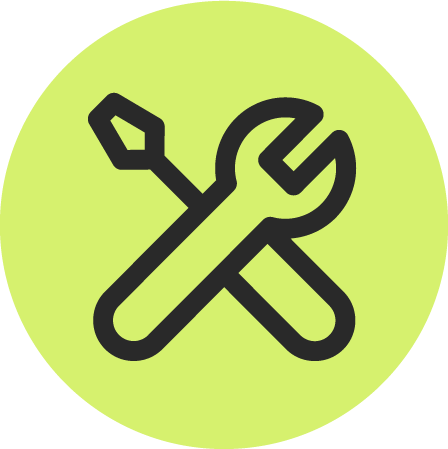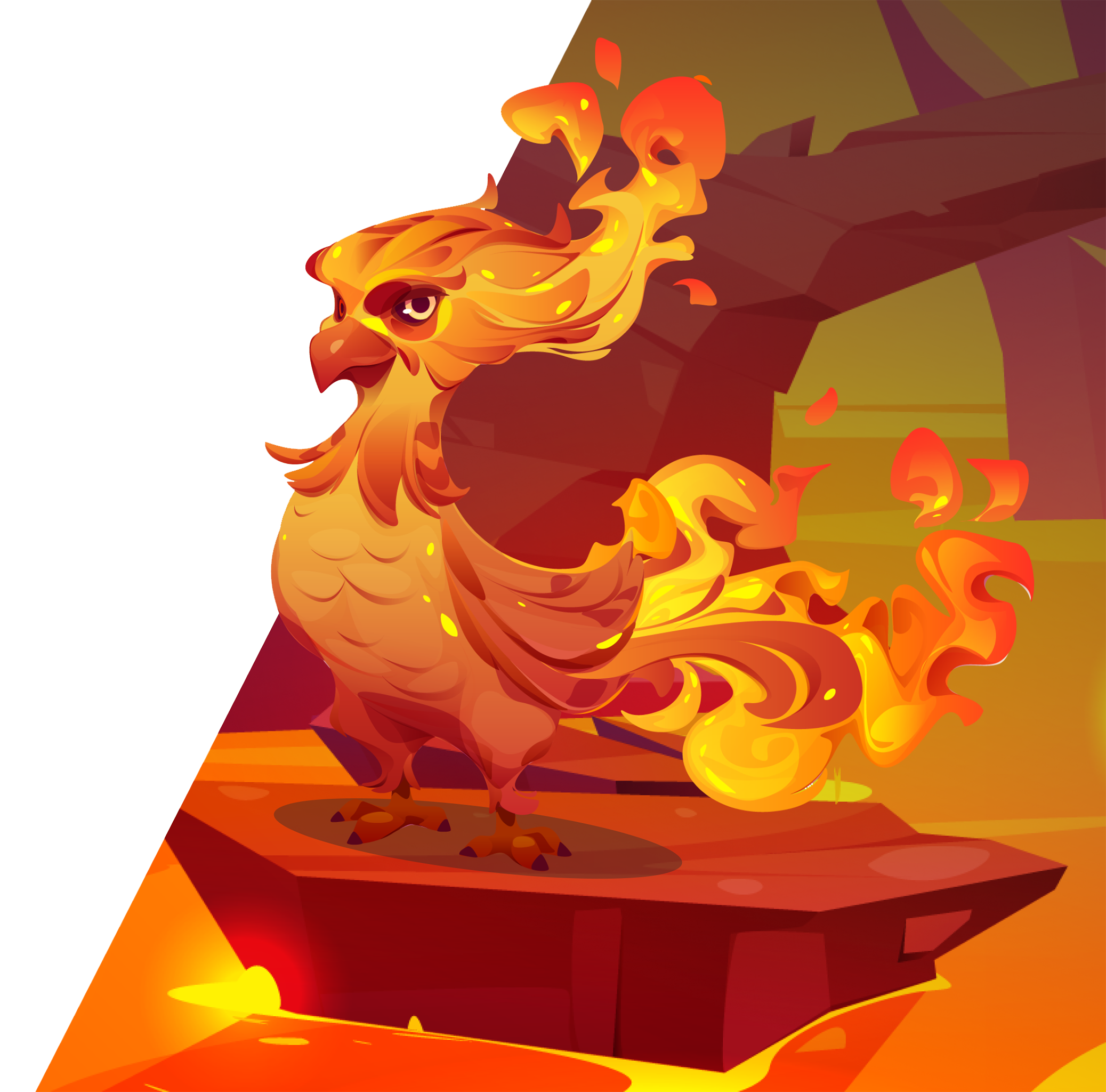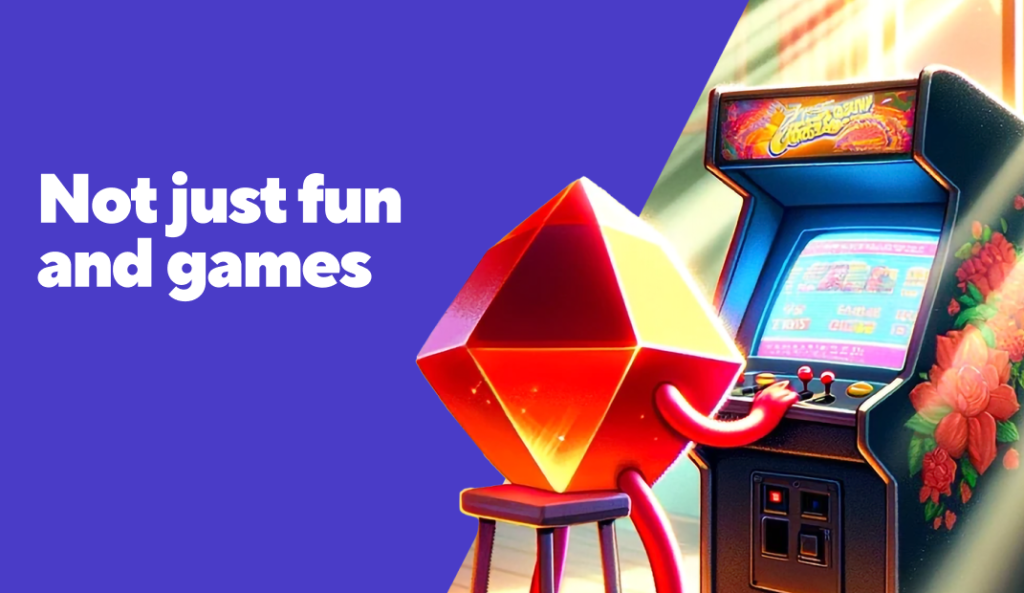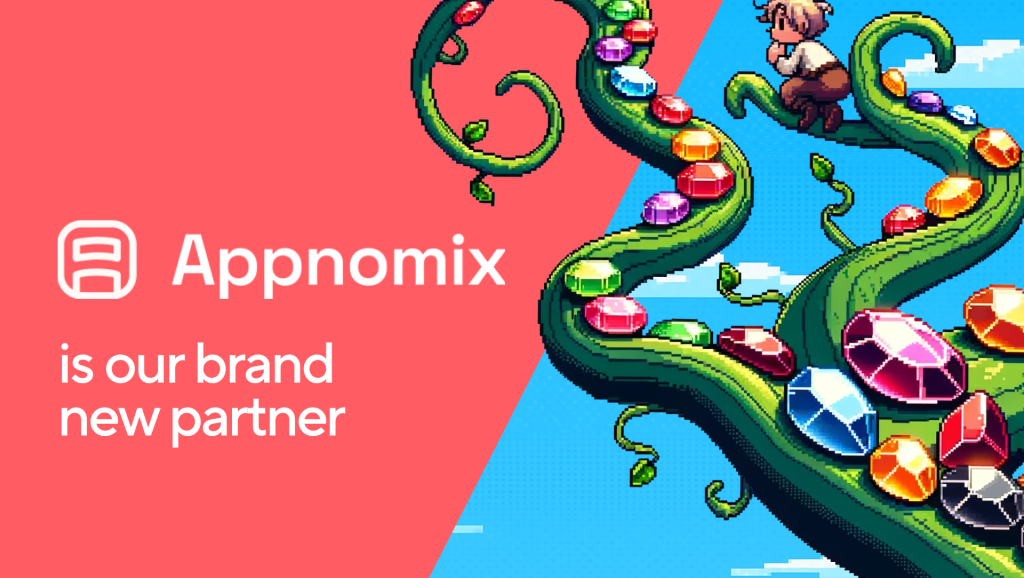What is ad mediation?
Ad mediation is a tool that allows developers to manage and maximize ad traffic using multiple ad networks in mobile games.
Using just one ad network such as AdMob, Unity or Meta would mean there is no ad mediation in place. As a result, the ad network being used would take all ad impressions regardless of price. Having a single ad network becomes more problematic when they don’t have a supply to fill the demand as the impression would not be filled, leaving the developer with no revenue gain.
Having ad mediation in place gives your game say, ten potential buyers for an ad impression, which of course, is better than having just one i.e. how it would be if there was no ad mediation in place. Therefore, not using an ad mediation platform means leaving potential revenue on the table.
Types of ad mediation and how they work
There are two basic types of ad mediation:
Waterfall
A waterfall ad mediation setup is where a mediation platform asks each ad network if they are willing to buy an impression for a specific price. If the ad network does not accept, it moves ‘down the waterfall’ which may look something like this:
- Ad network 1 $50
- Ad network 2 $40
- Ad network 3 $30
- Ad network 4 $27
And so on. If the offer is accepted, the waterfall has a winner.
Bidding
Bidding is essentially an auction whereby the mediation platform asks all ad networks involved how much they’re willing to pay for a specific impression at that moment. The ad networks then answer with offers, and from there the ad mediation platform will pick the highest offer.
Waterfall mediation VS bidding mediation
Both types of ad mediation increase competition for ad impressions, therefore increasing revenue for your mobile game. Why? Because the ad mediation platform maximizes the revenue of each ad impression to the ad network.
The difference between waterfall and bidding mediation is the time it takes a waterfall setup to make multiple ‘calls’ back and forth between mediation platforms and ad networks.
Bidding is faster because every ad network is asked at the same time, which generates higher eCPMs. We are talking minute differences in the tens or hundreds of milliseconds, but this greatly impacts the fill rate, especially if the waterfall is too long.
From the perspective of a game developer, the key difference is that bidding happens automatically, whereas the waterfall must be managed manually to maximize eCPMs and revenue.
Nowadays the world is heading towards ‘bidding only’ but we are not quite there, because not every ad network supports bidding with every mediation platform. Therefore, the standard mediation setup used today is often ‘hybrid’. This means that waterfall and bidding methods are used simultaneously, with the best offer from both winning the impression.
Want us to manage your game?
Let us manage your game to greatness for share of uplift, with no upfront cost. Talk to us today if that sounds like a good fit for you
What can ‘good’ ad mediation achieve?
The main result of a good ad mediation setup is high competition between each ad. Higher competition will result in:
- Increased fill rate – Using just one ad network usually means some segments or regions are not well served, such as Asia, Russia or Latam. With more ad networks, the inventory (supply) is increased, resulting in the fill rate increasing to as close to 100% as possible.
- Higher eCPM – Ad networks need to compete for impressions, and therefore will pay more resulting in a better eCPM.
- Ad revenue growth – Due to the increased fill-rate and eCPM
‘Good’ ad mediation platforms make monetization easy to manage and present you with dashboards that bring you data clarity and highlight further monetization improvements.

How to select a suitable ad mediation platform
The mobile ad tech industry is constantly evolving and we’ve seen tremendous changes in 2022, such as the MoPub phase-out or Unity buying ironSource.Therefore, being up to date is essential.
When selecting an ad mediation platform, we recommend comparing these main parameters:
- Ease of use – The platform should be easy to use so that your routine tasks are quick and easily accessible.
- Reporting – Having the ability to dig deep into data and understand what is happening may help you further increase your monetization and revenue.
- Ad network selection – All major ad networks should be integrated: Meta, AdMob, Applovin, Fyber, ironSource, Unity and others.
- Features – This is determined by what you need and plan to use, for example, A / B testing, iOS ID split, cross promotion or direct deals.
Naturally, developers tend to end up comparing the following ad mediation platforms: AdMob, Max by Applovin or ironSource. So here is a short summary of each:
- AdMob – Very complicated to work with, however, we believe this to be the best stand-alone ad network.
- ironSource – Nice to work with, good data transparency, but not ideal for big games.
- Max by Applovin – Has some advanced features which may be interesting for bigger games, however, it is not always easy to work with.
Got new, active or legacy games you feel are underperforming?
Let us manage your game to greatness for share of uplift, with no upfront cost. Talk to us today if that sounds like a good fit for you
How SuperScale can help with ad mediation
We love to see games grow. Ad monetization is often the ‘low-hanging fruit’ with quick implementation, measurable uplift and substantial results. Our Self-publishing services offer hands-off monetization once implemented, and cover the following areas of monetization:

Ad Mediation setup and maintenance
Ad Placements Design
Personalization
You can see some of the results we have delivered to our partners by checking out the case studies page. Or, if you’d like to get in touch, click here for a 15-minute qualification call.









